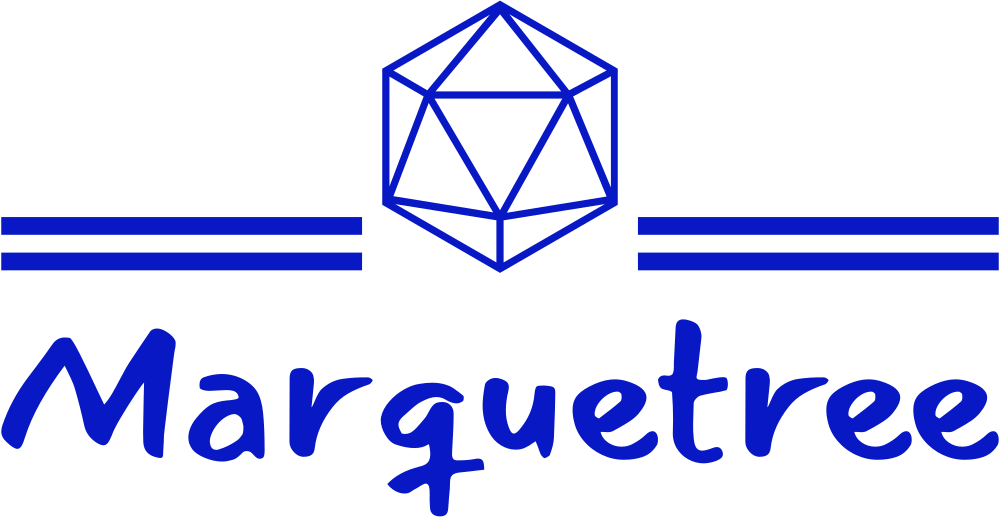Yoga nidra is a form of yoga developed by Swami Satyananda Saraswati in the early 1960s. Although the practice is rooted in ancient yoga techniques, its relative newness (compared to traditional yoga practices dating back thousands of years) makes it intriguing to many. At the heart of yoga nidra is the guide.
It is possible to practice yogin nidra on your own, without another person or electronic assistance. But practicing with a guide tends to lead to a better experience. Let us explore why that is.
Yoga Nidra in a Nutshell
Let’s begin with the basics. Yoga nidra is designed around a very specific goal: reaching a heightened state of relaxation that allows the body to be physically asleep while the mind remains fully alert. In this state of relaxation, a practitioner is able to explore their own thoughts, belief systems, and emotions.
Achieving such a heightened state of relaxation is not easy. First of all, it is not natural. In addition, there are so many physical and emotional distractions that people find it difficult to simply let go and relax. That’s where the guide comes in.
Structured Around Guidance
Yoga nidra expert and internationally recognized yoga educator Scott Moore explains that yoga nidra is structured around guidance. Achieving the heightened state of relaxation relies heavily on carefully worded verbal instructions that lead a person through various stages of relaxation, body awareness, focused breathing, and visualizations.
Again, it’s possible to do all these things on one’s own. But possible doesn’t mean easy. Even the most accomplished instructors can struggle to create an optimal yoga nidra experience without the help of a guide.
What a Guide Offers
A yoga nidra guide can be an instructor like Scott Moore who leads practitioners in a studio setting. An instructor could also visit your home. A third option is to use prerecorded guides via a CD player, an MP3 player, or a mobile app. Regardless of the format, here is what a guide offers:
- Structure – Yoga nidra is a structured practice accomplished by following a step-by-step process. The guide ensures practitioners adhere to that structure by way of verbal cues and detailed instructions (when necessary).
- Better Focus – A guide’s voice can help practitioners maintain focus. The best guides use a calm, consistent tone that fosters a safe and supportive environment. The right tone can actually encourage greater relaxation in practitioners.
- Better Processing – Practitioners experience emotional and mental processing during a yoga nidra recession. One of the guide’s responsibilities is to interject therapeutic elements, like positive intention and guided imagery, to help practitioners maximize their self-awareness.
- Accessibility – Yoga nidra doesn’t require any special skills or expensive equipment. It is accessible to just about anyone. A guide makes that accessibility a reality for new practitioners who don’t have confidence in their own abilities to succeed.
An experienced guide also brings emotional safety to the experience. This is important because a person becomes mentally and emotionally vulnerable once the heightened state of consciousness is achieved. Safety is found in the calming and soothing voice of an experienced guide.
There Are Plenty of Options
Practitioners are fortunate in that there are plenty of options for guided yoga nidra sessions. It’s probably worth investing in a few live sessions when one is still new to the practice. After that, most will do just fine with recorded guides.
Yoga nidra is definitely better when practiced with the help of a guide. The guide is built into yoga nidra from the ground up. Practicing without one makes achieving yoga nidra’s goals more difficult.
